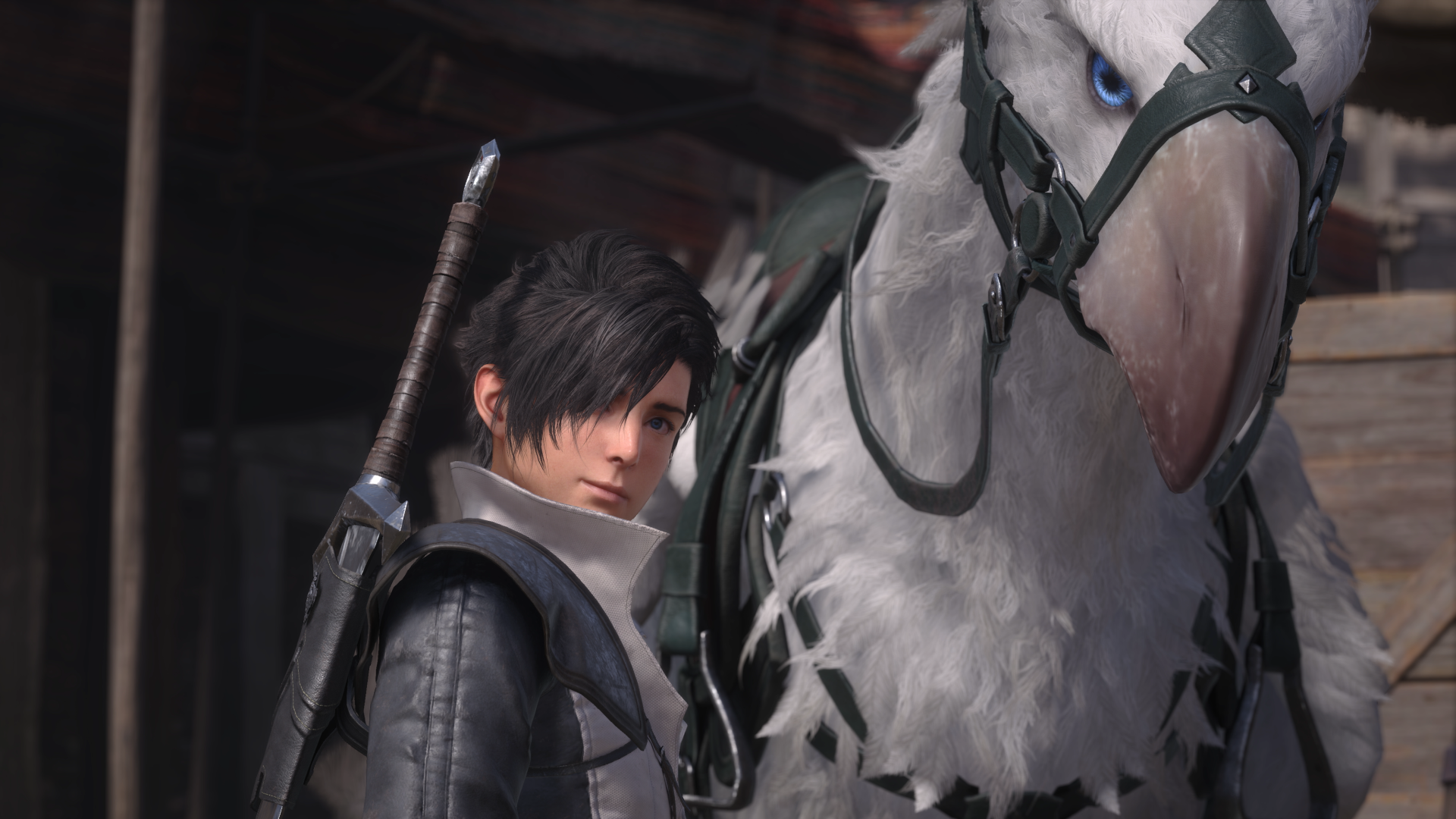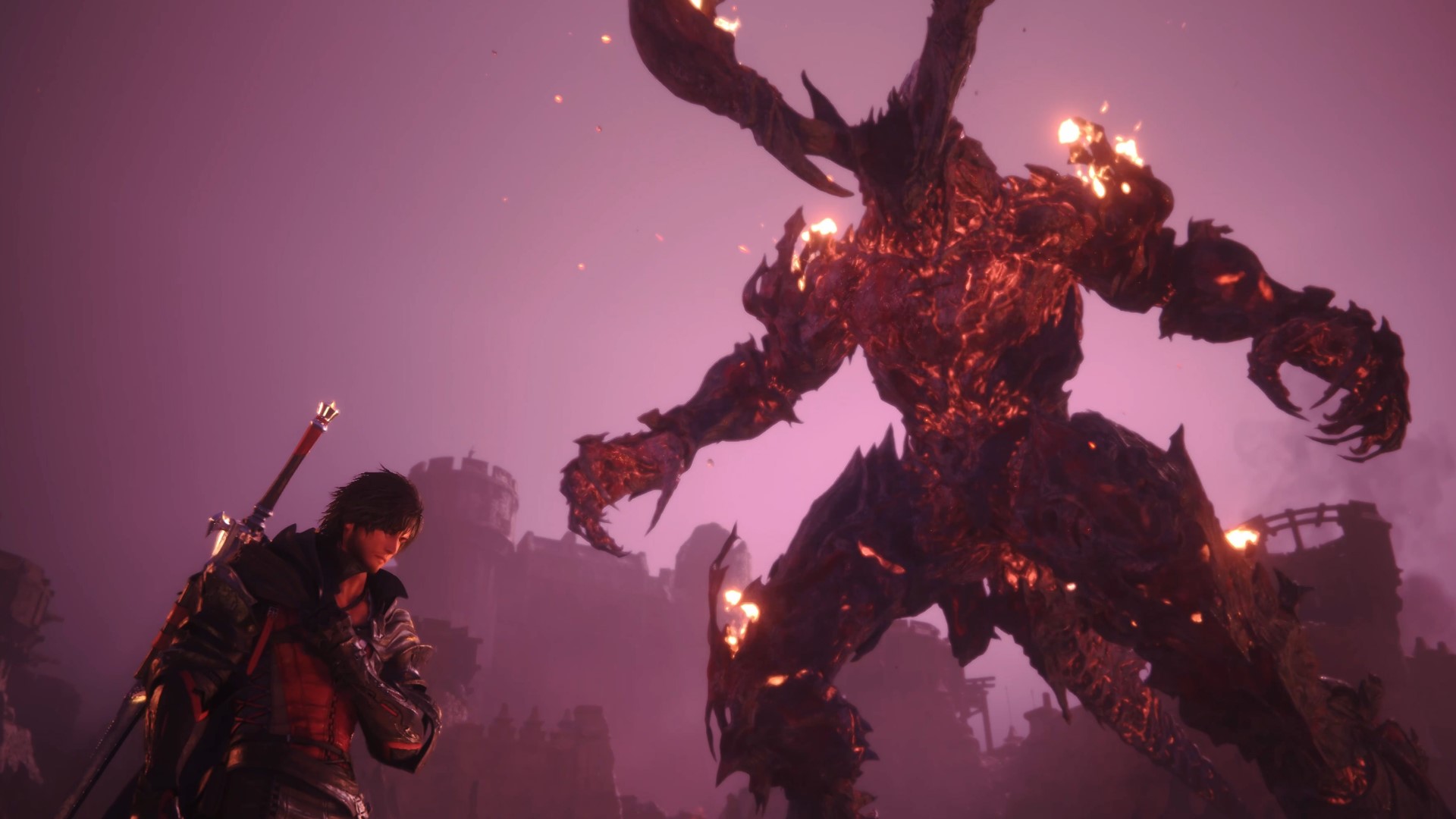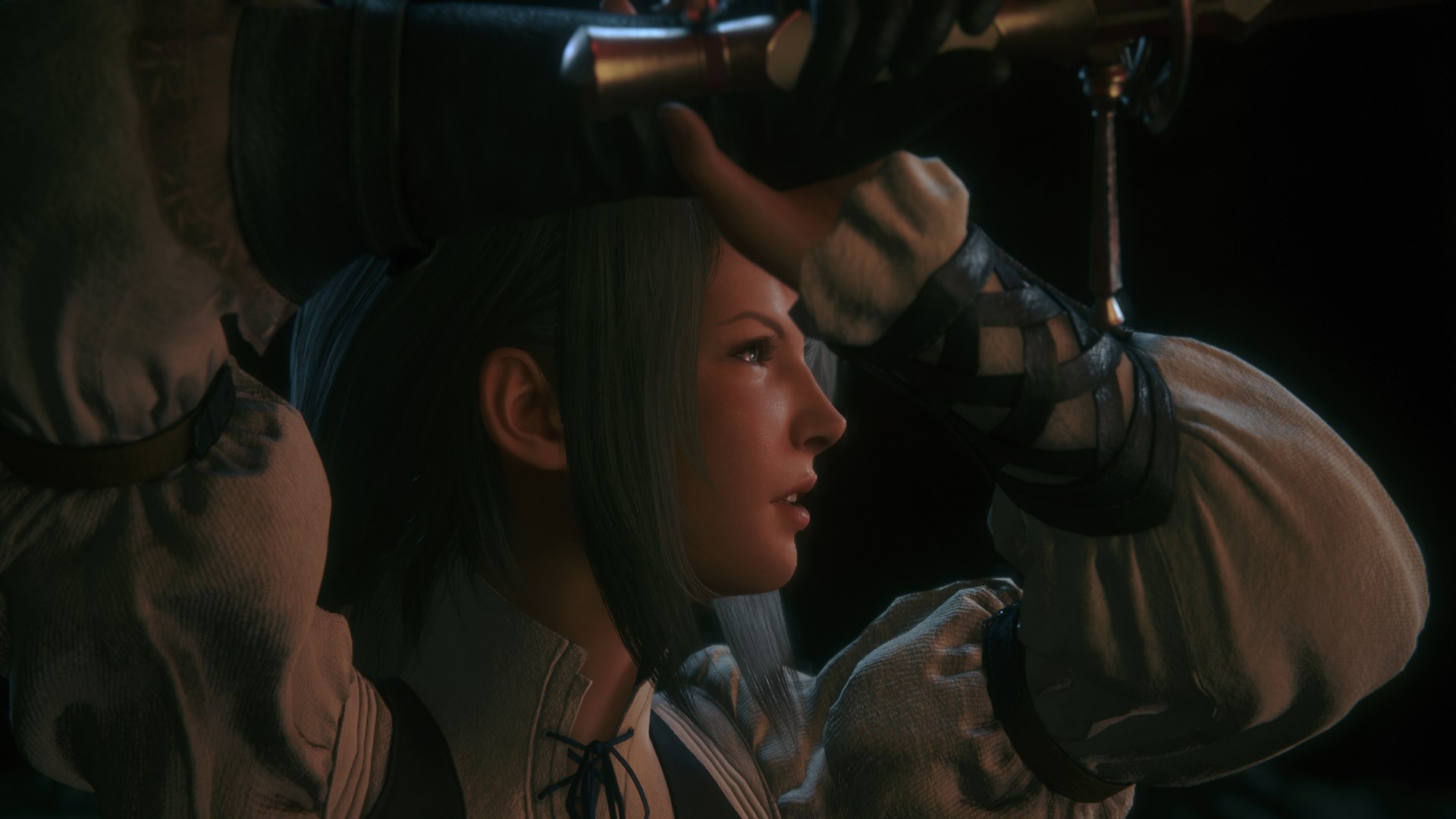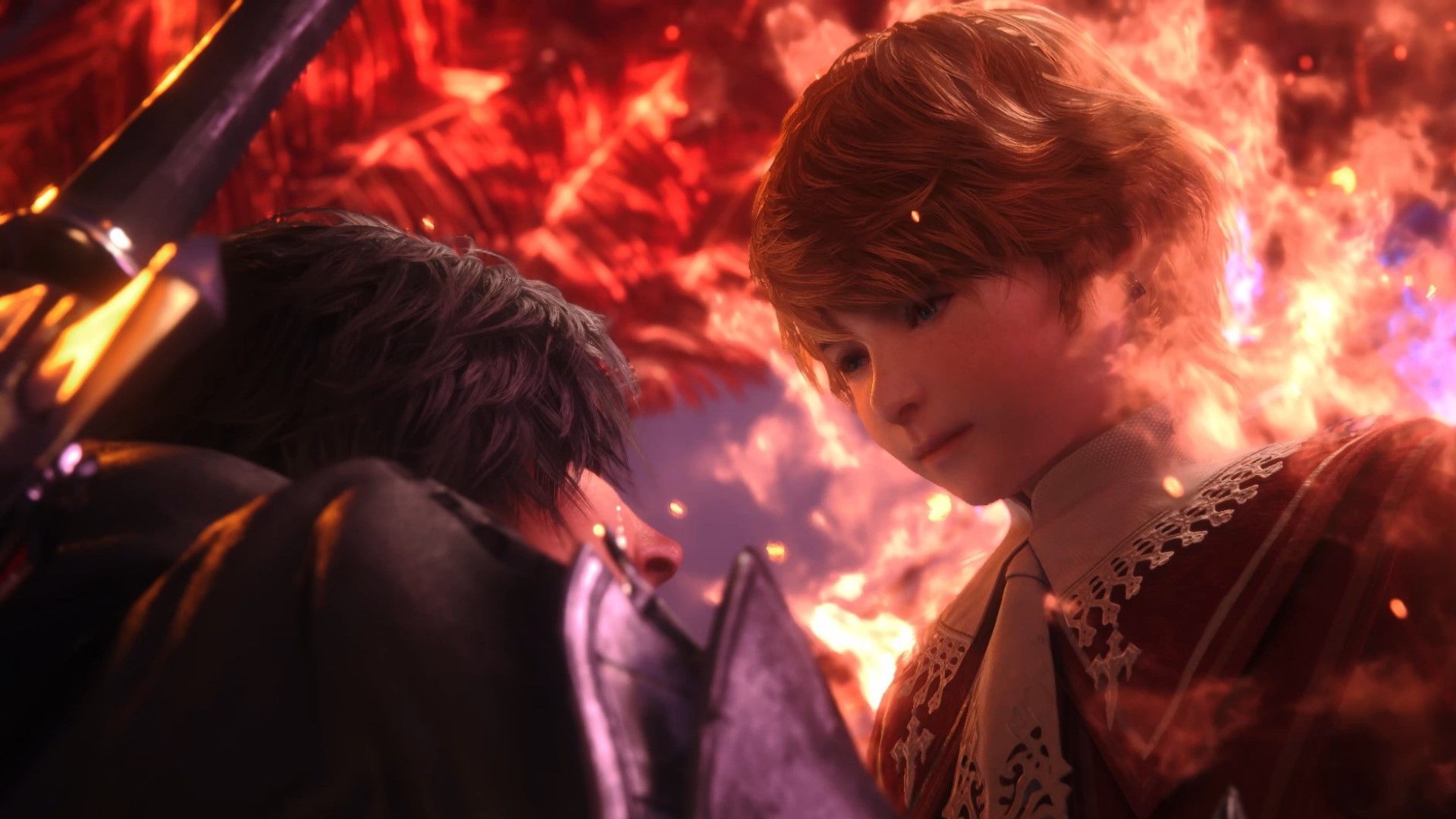
I wasn’t ready to care about Final Fantasy 16’s protagonist. Based on the marketing material, I was expecting a bland, unnecessarily brooding homunculus with all the charisma of rice paper. Having now played five hours of a preview build of the game, however, I can now confirm that Clive Rosfield is far more than a one-trick pony.
This is thanks, in part, to the game’s prologue, which has you play through Clive’s awkward teenage years. Here, we see a sensitive young man, forced into an uncomfortable duty as a result of his noble birth. He is, at once, a successful swordsman and a failure, often compared to his magically gifted little brother who wields the gift of the Phoenix – a profound magical power that Clive failed to master. He’s a well-meaning overachiever, lacking in self-confidence but striving to prove himself nonetheless.
Final Fantasy 16’s political intrigue and visual spectacle are made all the more compelling precisely because we experience them through the lens of this surprisingly relatable character. The melodrama of the titanic battles between monstrous Eikons as well as the intrigue at the heart of the political conflict between the title’s rival nations are all given life through the use of clive as a focal point.
The first few hours of the game seemed like something of a manifesto – a promise to the player to deliver on the legacy of the Final Fantasy series. The series has always been best when its epic conflicts and high-concept storylines occur as a backdrop to meaningful interpersonal drama; a balance which Final Fantasy 16 seems to strike most deftly.
The shoulders of giants

Despite its modern approach to combat mechanics and gleaming current-gen look, Final Fantasy 16 remains true to the legacy of its forebears from the outset, channeling its predecessors in subtle (and sometimes not-so-subtle) ways to cultivate an air of familiarity and comfort for series fans.
Tonally, the game’s opening evokes Final Fantasy 7’s famous bombing mission, so faithfully recreated in Final Fantasy 7 Remake as Clive and his dubious strike team make their way behind enemy lines on a dangerous mission. Meanwhile, the title’s wider setting and political intrigue are fiercely reminiscent of Final Fantasy Tactics, bringing with it a sense of grit and realism that wouldn’t be out of place in the better seasons of Game of Thrones or Attack on Titan.
The plot hinges on exceptional individuals who can channel the power of fearsome monsters
The “summons”, present in every mainline Final Fantasy title take center stage in Final Fantasy 16. The plot hinges on exceptional individuals who can channel the power of these fearsome monsters, called Eikons in Final Fantasy 16’s parlance. These chosen few often clash in dramatic battles, which, though light on gameplay mechanics offer a cinematic feast worthy of the series’ most luxurious summon cutscenes from previous titles.
Let the battles begin!

That said, Final Fantasy 16 blazes its own trail, willing to break the chains of tradition where appropriate. This is most brazen in the game’s combat system, which offers a frantic real-time experience reminiscent of Final Fantasy 7 Remake and Final Fantasy 15. The new combat was masterminded by Ryota Suzuki, best known for his work on Devil May Cry 5.
While the version of the game I got to play was a special pre-release build that will differ from the final product, it amply showed off Final Fantasy 16’s combat system. As a lover of traditional, turn-based combat, I was initially skeptical, worried that the new mechanics might undermine the overall experience.
I was initially skeptical, worried that the new mechanics might undermine the overall experience
Fortunately, I now know that my fears were misplaced. While Final Fantasy 16 only allows you to control its protagonist, Clive is able to cycle through widely different sets of abilities by channeling different Eikons in battle.
In a special combat demo, I got to experience the techniques granted to Clive by three different Eikons: Phoenix, Garuda, and Titan. Phoenix offered fire-themed attacks, with an emphasis on mobility, while Garuda allowed for wind-based moves, facilitating ariel attacks and devastating combos. Perhaps most interesting, however, was earth-themed Titan, which gave clive access to a powerful block as well as devastating wind-up attacks.

The different movesets are heavily customizable and allow for some creative mixing and matching. Though, undoubtedly, a very different animal to Square Enix’s more traditional turn-based fare, Clive’s movesets, as well as the player’s ability to rapidly switch through them offer genuine versatility and complexity.
The different movesets are heavily customizable
The best Final Fantasy games offer battles which, at their heart, are puzzles that must be solved through the judicious use of your characters’ various abilities. Though real-time and action-oriented, Final Fantasy 16 preserves this puzzle element while offering a more dynamic form of combat than its predecessors.
My five hours with the game affirms that Square Enix has successfully brought its franchise into the action RPG space. It’s clear that the RPG veterans have taken a big risk in departing from Final Fantasy orthodoxy. However, after my hands-on with this upcoming game, it seems to me that the risk has paid off.







